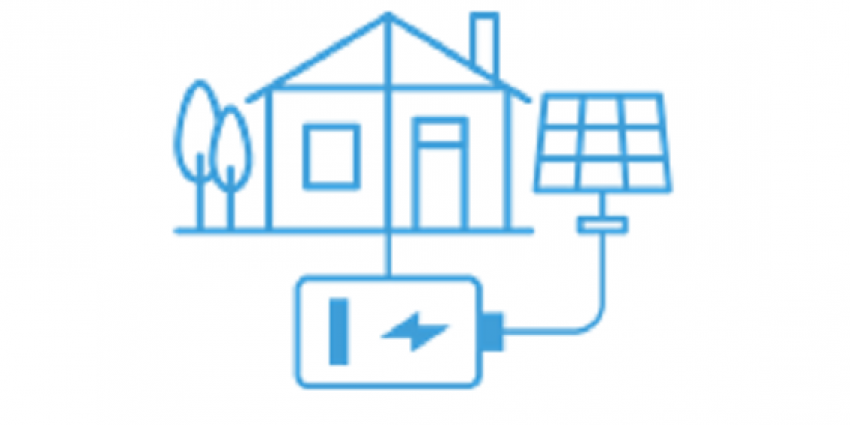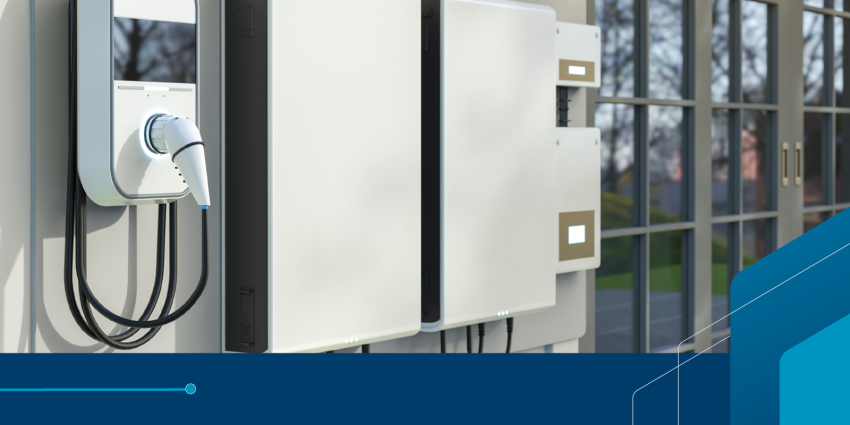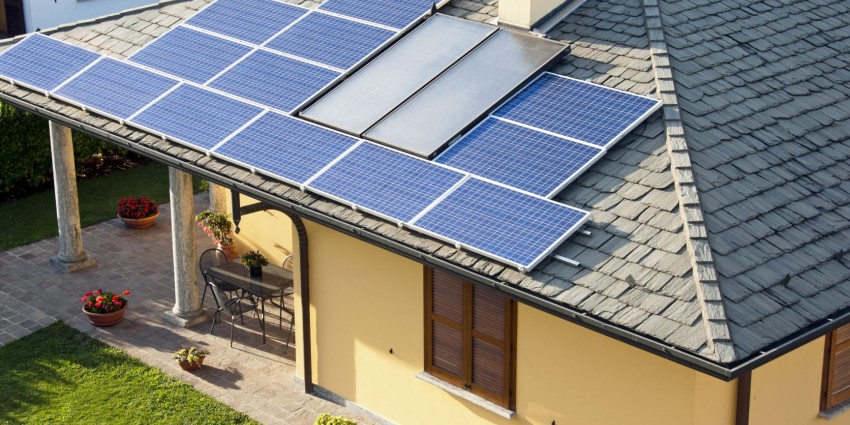We are currently consulting on proposed regulatory updates for ‘smarter solar’.
The proposed changes would improve solar and battery system functionality and simplify connection rules to support customers to install more and bigger systems. Please visit our public consultation page for more information on the proposed changes. To provide general feedback on the changes or if you have any questions, please email smartersolar@deed.wa.gov.au
Learn about the benefits of installing renewable energy. Understand how to get payments for energy exports to the grid from eligible solar panels, batteries and electric vehicles.
Benefits of installing a renewable energy system
1. Upfront incentives
The Small-scale Renewable Energy Scheme is a financial incentive provided by the Commonwealth Government for the installation of renewable energy systems. Solar installers will usually make the arrangements if you want to be involved in the scheme. This means an upfront discount on the system purchase price. Your installer can tell you more.
2. Electricity savings
Having a renewable energy system means you save money from generating and consuming your own energy.
When your system is generating electricity, the system output will first meet your individual energy needs. Any additional electricity is exported to the grid. When your system is not generating, or is generating less electricity than you consume, you will buy electricity from your retailer.
Any energy from your system that you use is electricity that you do not have to buy from your retailer, which saves money on your bill.
3. Energy Buyback Schemes
The Distributed Energy Buyback Scheme (DEBS) offers eligible customers payments for electricity exported to the grid. This includes electricity from solar panels, batteries and electric vehicles.
The scheme was introduced as part of the Energy Transformation strategy.
The pricing structure encourages customers to use more of their solar energy generation at midday when it is plentiful. It also encourages west facing panels that produce electricity later in the day, when it is in high demand.
To learn more DEBS and eligibility criteria, visit the page Energy Buyback Schemes.





